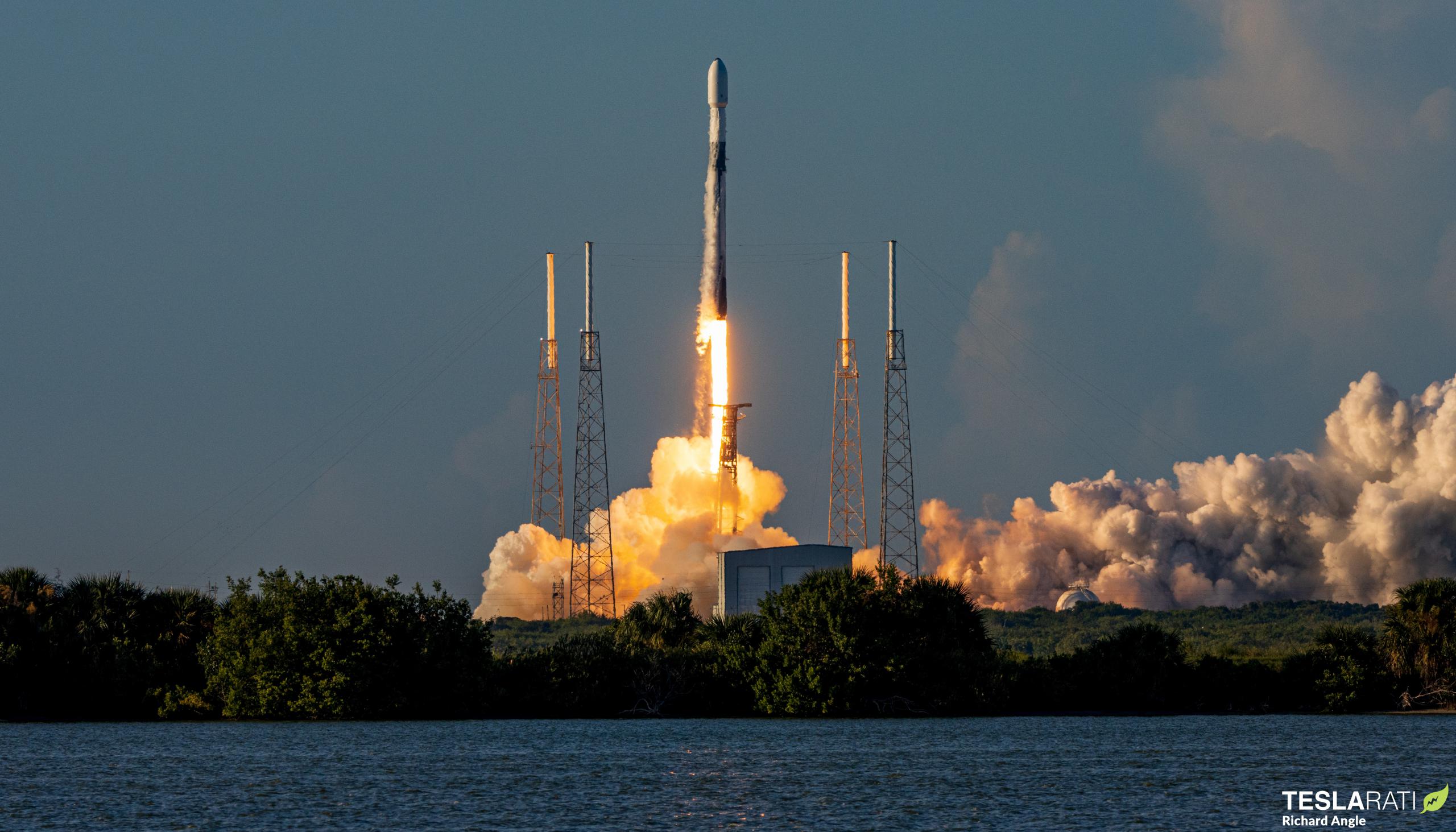
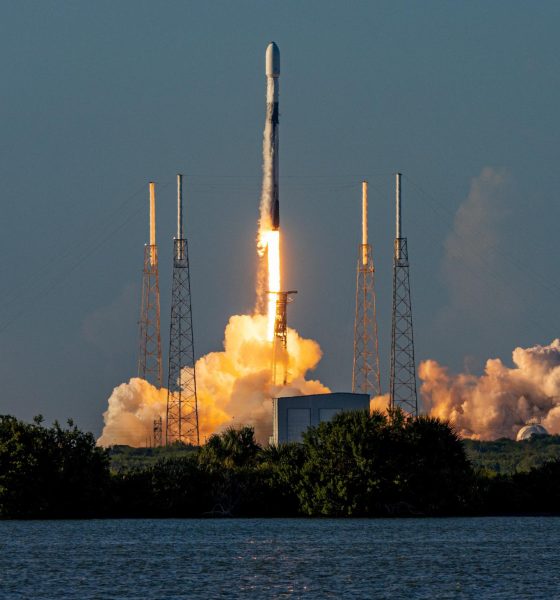
News
SpaceX aces first Moon launch with a reused rocket
SpaceX’s Falcon 9 rocket has become the first in history to launch a spacecraft to the Moon using reused hardware.
That spacecraft: a domestically-developed South Korean ‘pathfinder’ and Moon orbiter known as KPLO or Danuri. Weighing about 678 kilograms (~1500 lb) and roughly the size of a small car, KPLO will be the South Korea’s first mission beyond Earth orbit and, if successful, could make it the 8th country in history to reach orbit around another planetary body. According to officials from South Korea’s Aerospace Research Institute (KARI), the Moon orbiter is just the tip of the country’s ambitions, which it hopes will include missions to the lunar surface, asteroids, and even Mars in the “near future.”
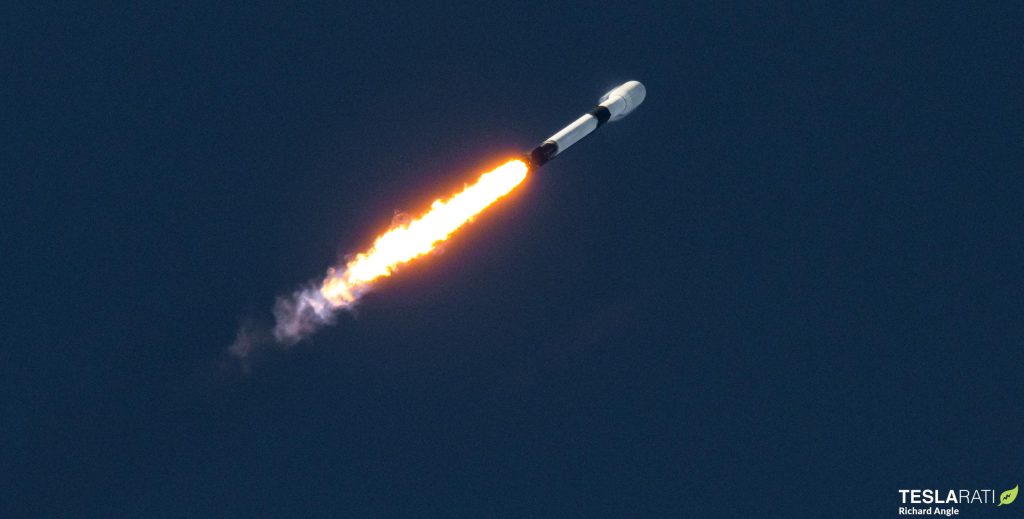
South Korea chose SpaceX’s Falcon 9 rocket to launch KPLO by 2020 in late 2017, barely six months after the company’s first commercial reuse of the rocket’s recoverable first stage (booster). Five years later, the launch of a new Falcon booster is a rare and noteworthy event, and the company has simultaneously matured payload fairing recovery and reuse into a routine and common process.
The KPLO mission is now the first time in spaceflight history that a reused rocket has launched a spacecraft to the Moon. SpaceX chose to launch KPLO on the sixth flight of Falcon 9 booster B1052, and was also able to convince KARI to opt for a reused payload fairing, saving the institute money while also demonstrating just how widely accepted even Falcon fairing reuse has become. KPLO’s fairing halves flew for the fourth time as part of the Moon launch and will be recovered for future use after they splash down in the Atlantic Ocean.
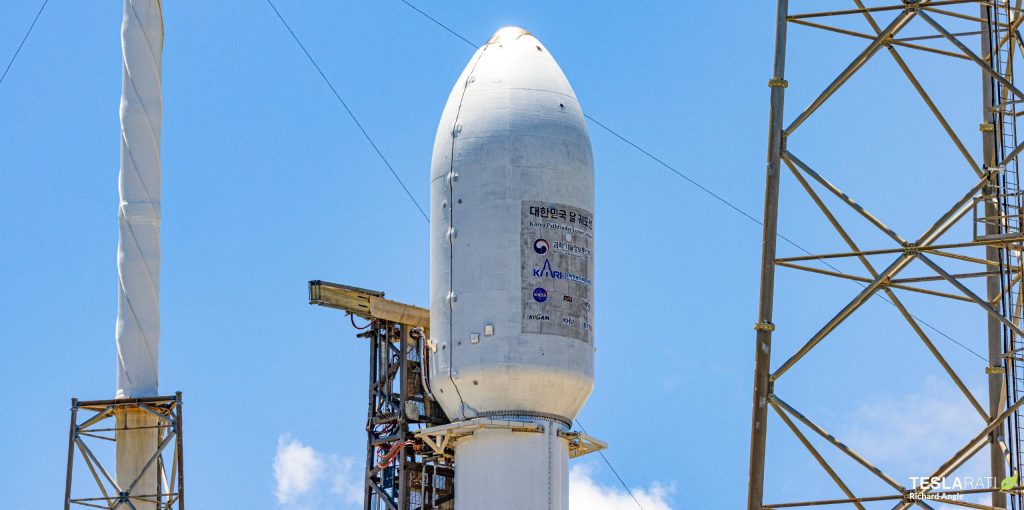
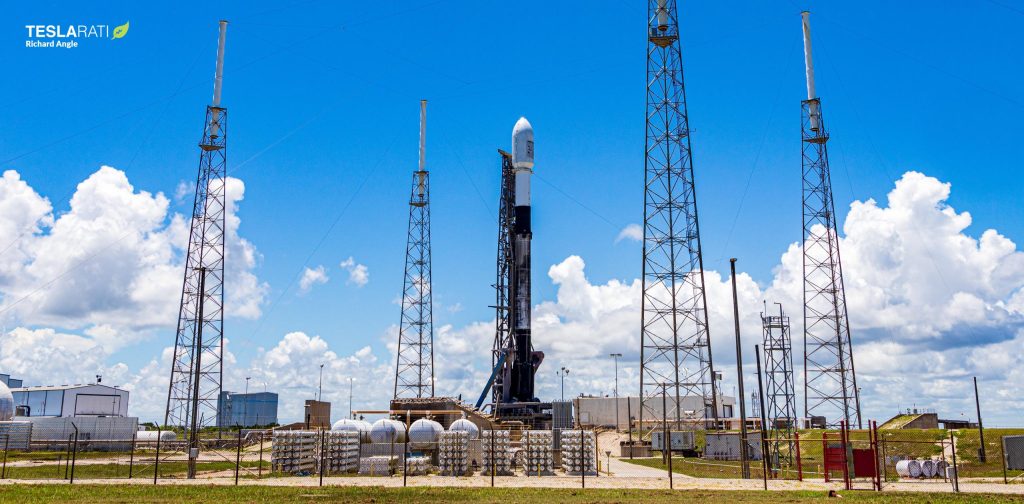
Falcon booster B1052 likely has an even longer career ahead of it, as SpaceX has flown three other boosters 13 times and reportedly intends to launch each booster at least 15 times.
Safely on its way into deep space, KPLO’s efficient “ballistic lunar trajectory” or BLT will take it on a circuitous, multi-month journey around an Earth-Sun Lagrange point that should eventually reach the right position to enter lunar orbit in December 2022. While Falcon 9 is fully capable of sending KPLO directly to the Moon on a trans-lunar injection (TLI) trajectory, KARI decided late in development to switch to a BLT trajectory, saving around 165 meters per second of delta V that can instead be used to significantly extend the orbiter’s useful longevity around the Moon.
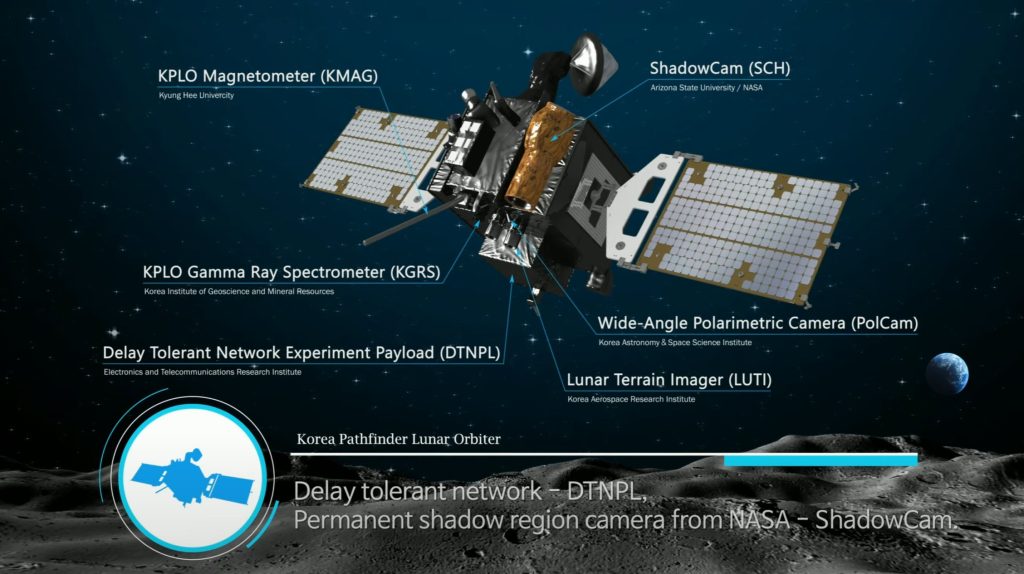
KPLO’s defining purpose is to image the Moon with several cameras and scout for a landing site for a future South Korean Moon lander, but it will also undoubtedly contribute to planetary science and help improve humanity’s understanding of its closest neighbor. One instrument – ShadowCam – supplied by NASA could prove essential for characterizing the quantity of water ice hidden in the Moon’s permanently shadowed regions. Water ice could eventually be mined and turned into rocket propellant depots on the lunar surface.

News
Tesla FSD fleet is nearing 7 billion total miles, including 2.5 billion city miles
As can be seen on Tesla’s official FSD webpage, vehicles equipped with the system have now navigated over 6.99 billion miles.

Tesla’s Full Self-Driving (Supervised) fleet is closing in on almost 7 billion total miles driven, as per data posted by the company on its official FSD webpage.
These figures hint at the massive scale of data fueling Tesla’s rapid FSD improvements, which have been quite notable as of late.
FSD mileage milestones
As can be seen on Tesla’s official FSD webpage, vehicles equipped with the system have now navigated over 6.99 billion miles. Tesla owner and avid FSD tester Whole Mars Catalog also shared a screenshot indicating that from the nearly 7 billion miles traveled by the FSD fleet, more than 2.5 billion miles were driven inside cities.
City miles are particularly valuable for complex urban scenarios like unprotected turns, pedestrian interactions, and traffic lights. This is also the difference-maker for FSD, as only complex solutions, such as Waymo’s self-driving taxis, operate similarly on inner-city streets. And even then, incidents such as the San Francisco blackouts have proven challenging for sensor-rich vehicles like Waymos.
Tesla’s data edge
Tesla has a number of advantages in the autonomous vehicle sector, one of which is the size of its fleet and the number of vehicles training FSD on real-world roads. Tesla’s nearly 7 billion FSD miles then allow the company to roll out updates that make its vehicles behave like they are being driven by experienced drivers, even if they are operating on their own.
So notable are Tesla’s improvements to FSD that NVIDIA Director of Robotics Jim Fan, after experiencing FSD v14, noted that the system is the first AI that passes what he described as a “Physical Turing Test.”
“Despite knowing exactly how robot learning works, I still find it magical watching the steering wheel turn by itself. First it feels surreal, next it becomes routine. Then, like the smartphone, taking it away actively hurts. This is how humanity gets rewired and glued to god-like technologies,” Fan wrote in a post on X.
News
Tesla starts showing how FSD will change lives in Europe
Local officials tested the system on narrow country roads and were impressed by FSD’s smooth, human-like driving, with some calling the service a game-changer for everyday life in areas that are far from urban centers.

Tesla has launched Europe’s first public shuttle service using Full Self-Driving (Supervised) in the rural Eifelkreis Bitburg-Prüm region of Germany, demonstrating how the technology can restore independence and mobility for people who struggle with limited transport options.
Local officials tested the system on narrow country roads and were impressed by FSD’s smooth, human-like driving, with some calling the service a game-changer for everyday life in areas that are far from urban centers.
Officials see real impact on rural residents
Arzfeld Mayor Johannes Kuhl and District Administrator Andreas Kruppert personally tested the Tesla shuttle service. This allowed them to see just how well FSD navigated winding lanes and rural roads confidently. Kruppert said, “Autonomous driving sounds like science fiction to many, but we simply see here that it works totally well in rural regions too.” Kuhl, for his part, also noted that FSD “feels like a very experienced driver.”
The pilot complements the area’s “Citizen Bus” program, which provides on-demand rides for elderly residents who can no longer drive themselves. Tesla Europe shared a video of a demonstration of the service, highlighting how FSD gives people their freedom back, even in places where public transport is not as prevalent.
What the Ministry for Economic Affairs and Transport says
Rhineland-Palatinate’s Minister Daniela Schmitt supported the project, praising the collaboration that made this “first of its kind in Europe” possible. As per the ministry, the rural rollout for the service shows FSD’s potential beyond major cities, and it delivers tangible benefits like grocery runs, doctor visits, and social connections for isolated residents.
“Reliable and flexible mobility is especially vital in rural areas. With the launch of a shuttle service using self-driving vehicles (FSD supervised) by Tesla in the Eifelkreis Bitburg-Prüm, an innovative pilot project is now getting underway that complements local community bus services. It is the first project of its kind in Europe.
“The result is a real gain for rural mobility: greater accessibility, more flexibility and tangible benefits for everyday life. A strong signal for innovation, cooperation and future-oriented mobility beyond urban centers,” the ministry wrote in a LinkedIn post.
News
Tesla China quietly posts Robotaxi-related job listing
Tesla China is currently seeking a Low Voltage Electrical Engineer to work on circuit board design for the company’s autonomous vehicles.

Tesla has posted a new job listing in Shanghai explicitly tied to its Robotaxi program, fueling speculation that the company is preparing to launch its dedicated autonomous ride-hailing service in China.
As noted in the listing, Tesla China is currently seeking a Low Voltage Electrical Engineer to work on circuit board design for the company’s autonomous vehicles.
Robotaxi-specific role
The listing, which was shared on social media platform X by industry watcher @tslaming, suggested that Tesla China is looking to fill the role urgently. The job listing itself specifically mentions that the person hired for the role will be working on the Low Voltage Hardware team, which would design the circuit boards that would serve as the nervous system of the Robotaxi.
Key tasks for the role, as indicated in the job listing, include collaboration with PCB layout, firmware, mechanical, program management, and validation teams, among other responsibilities. The role is based in Shanghai.
China Robotaxi launch
China represents a massive potential market for robotaxis, with its dense urban centers and supportive policies in select cities. Tesla has limited permission to roll out FSD in the country, though despite this, its vehicles have been hailed as among the best in the market when it comes to autonomous features. So far, at least, it appears that China supports Tesla’s FSD and Robotaxi rollout.
This was hinted at in November, when Tesla brought the Cybercab to the 8th China International Import Expo (CIIE) in Shanghai, marking the first time that the autonomous two-seater was brought to the Asia-Pacific region. The vehicle, despite not having a release date in China, received a significant amount of interest among the event’s attendees.








